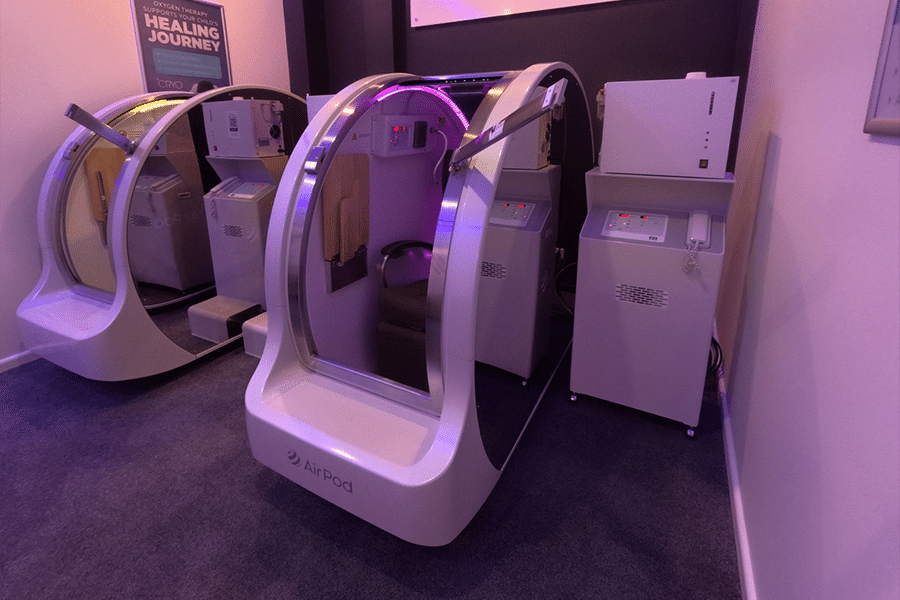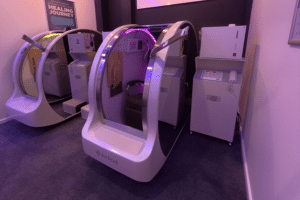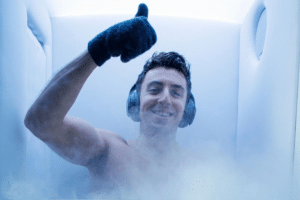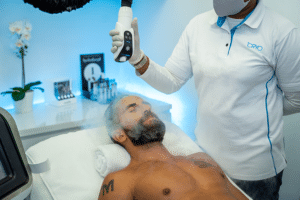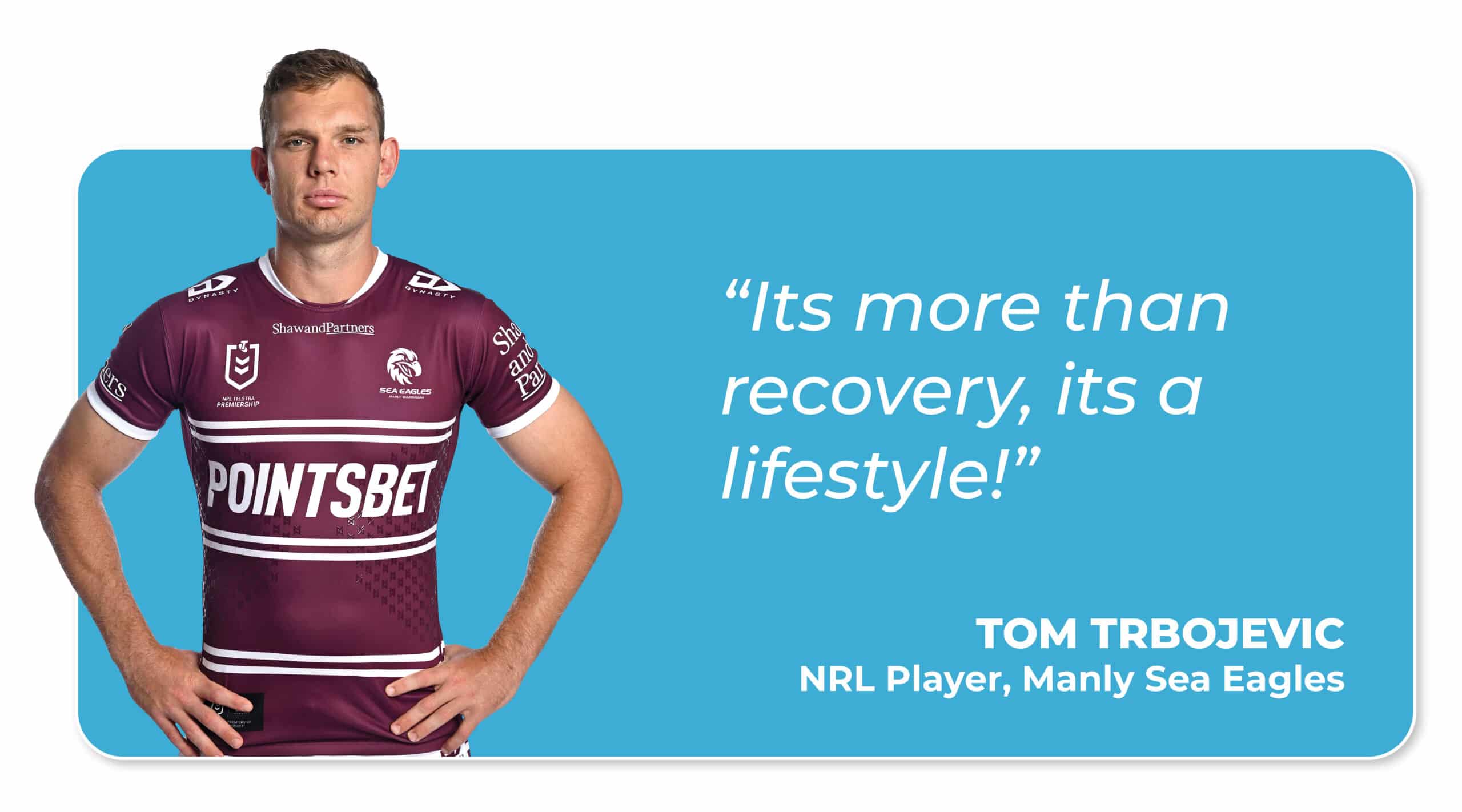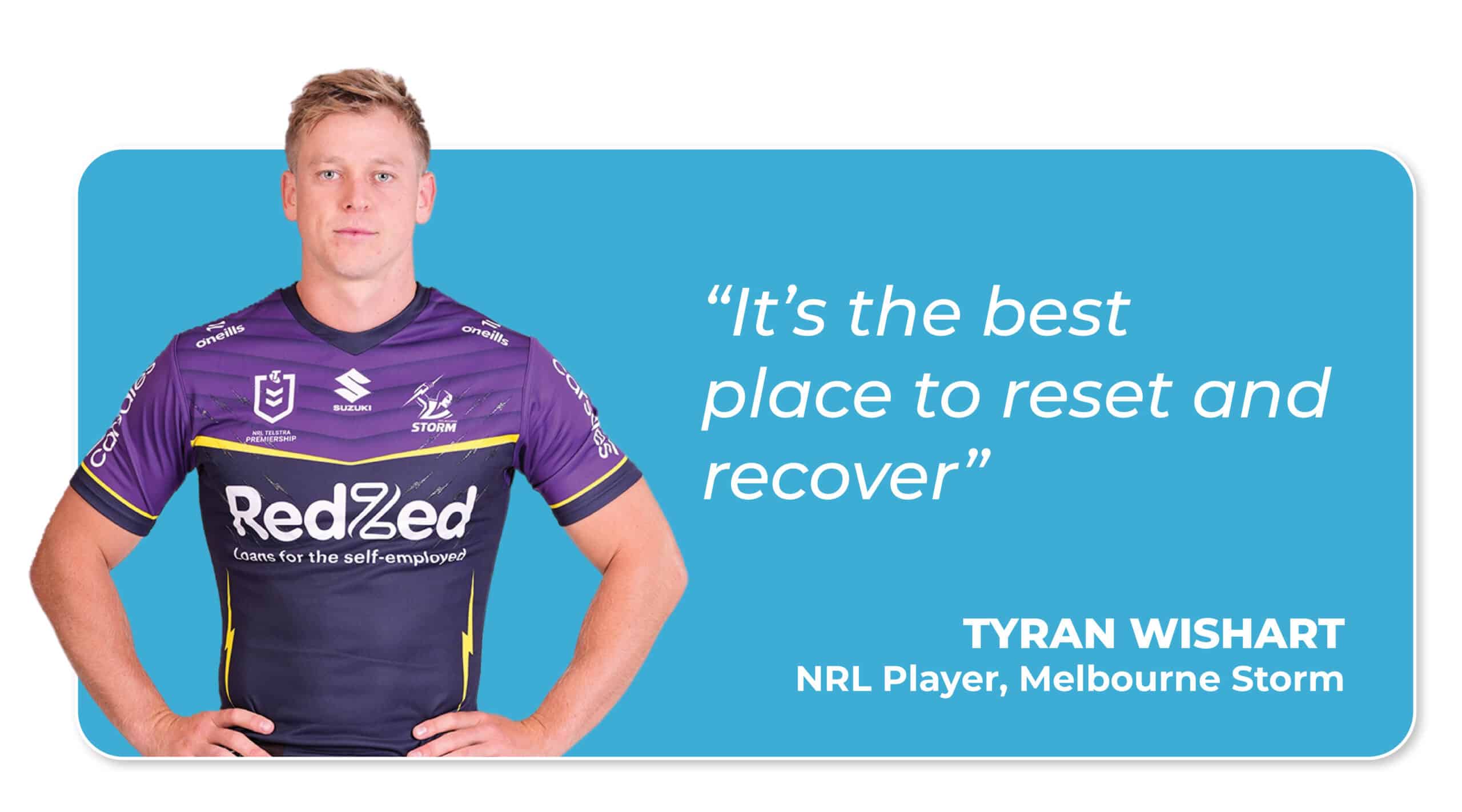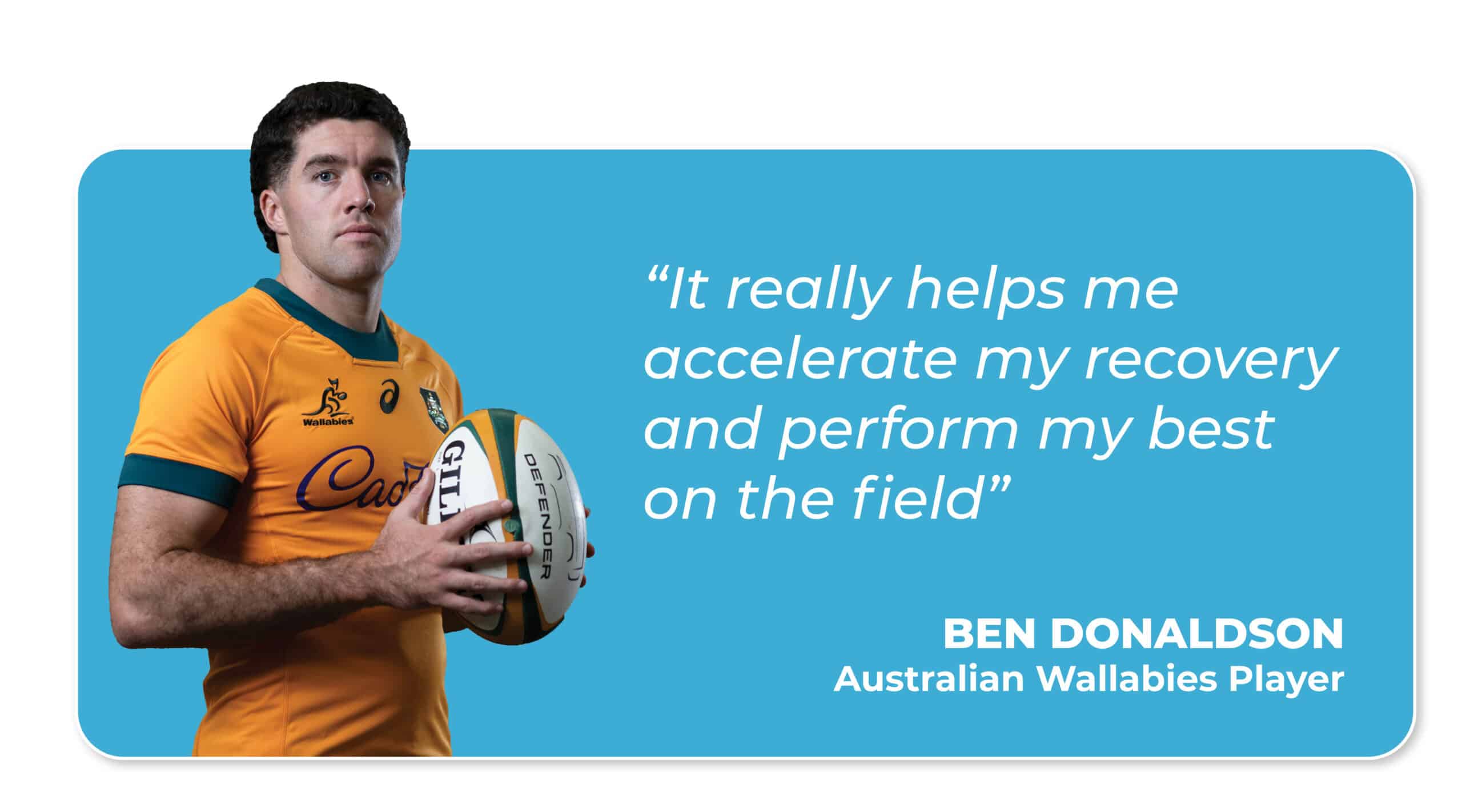In the fast-paced world of modern medicine, parents are constantly seeking effective treatments for their children’s health challenges, particularly those related to cognitive and behavioural issues. One therapy that is garnering attention for its promising results is Hyperbaric Oxygen Therapy (HBOT). This innovative treatment has been a beacon of hope for many, showing remarkable potential in addressing a range of cognitive and behavioural issues in children, including those on the autism spectrum.
Understanding Hyperbaric Oxygen Therapy
HBOT is a non-invasive therapy that involves breathing pure oxygen in a pressurized chamber. This process increases the oxygen solubility in the blood, which in turn enhances the performance of various bodily functions. Initially used for treating decompression sickness in divers, HBOT has evolved into a multifaceted medical treatment. Its applications now include treating stubborn wounds, gangrene, Alzheimer’s, decompression sickness, inadequate blood flow, bone infections, and delayed radiation injury.
The Science Behind HBOT and Cognitive Behavioural Improvement
The connection between HBOT and cognitive behavioural improvement in children, particularly those with autism, is rooted in several scientific findings. Autism Spectrum Disorders (ASD) are often associated with neuroinflammation, mitochondrial dysfunction, and oxidative stress. HBOT addresses these underlying issues by increasing oxygen supply in the blood, which reduces neuroinflammation, enhances energy levels, and minimizes oxidative stress.
HBOT’s Role in Alleviating Autism Symptoms
Recent studies have highlighted the potential of HBOT in managing autism. Autism-related neuroinflammation, a significant causative factor, can lead to reduced cognitive abilities, focus, and social interactions. HBOT has been observed to significantly reduce cerebral inflammation, leading to behavioural improvements.
Impact on Mitochondrial Function and Oxidative Stress
Children with autism sometimes exhibit mitochondrial dysfunction, which can slow down cognitive and bodily functions. Oxygen therapy has been found to improve mitochondrial function. Additionally, HBOT has been shown to reduce oxidative stress, which is closely linked to the clinical symptoms of autism.
Behavioural Improvements Post-HBOT
Several reports suggest that treating children with autism using HBOT leads to notable improvements in social interactions, mood, memory, cognitive performance, verbalizations, and overall behaviour. Controlled trials have even shown significant advancements in skills like speech and self-help abilities in teenagers with ASD after undergoing HBOT sessions.
“I have been on a holistic journey finding ways to improve children’s development and neurological development for years. After intense research, reading books, listen to endless podcast, listening to real life stories on peoples healing journey using hyperbaric oxygen chamber. The most famous neurological doctors around the world showing scans of the bodies/brains before and after images. We thought this is something we need to try. Hyperbaric oxygen was on the list of treatments we needed to look at.
Found Cryo in Wetherill Park had the latest sit down machine which meant my child would be comfortable. Booked in a consultation and from there we scheduled in our first 10 session. My child felt so comfortable and enjoyed each visit. After the first 10 sessions we could see a shift in our child’s behaviour however couldn’t confirm what it was. We continued sessions and once we got to 18-20 session we could now notice the improvements. The focus, understanding, calmness has improved and everyone is noticing.
We are extremely grateful to Ally and Kurt for making our family feel welcome at the centre. Especially our child that looks forward to each sessions.” – Sagar
A Parent’s Perspective
For parents exploring treatment options for their children’s cognitive and behavioural issues, HBOT offers an alternative to try. It’s a therapy that potentially addresses the root causes of these issues, rather than just masking the symptoms. The prospect of seeing tangible improvements in their child’s social interactions, cognitive abilities, and overall behaviour is a compelling reason to consider this therapy.
Conclusion
In conclusion, Hyperbaric Oxygen Therapy is emerging as a promising solution for children with cognitive and behavioural issues. Its ability to enhance oxygen supply and improve various functions at a cellular level makes it an option worth considering.

